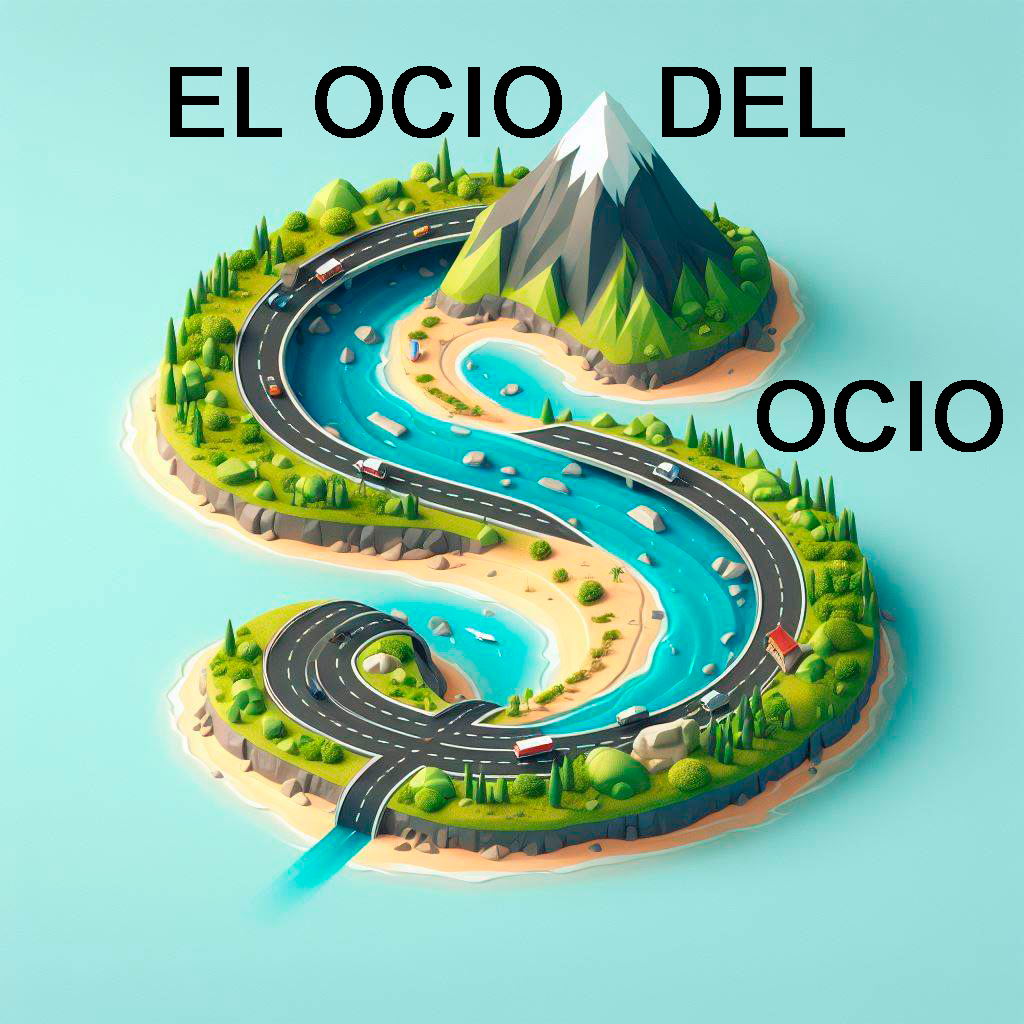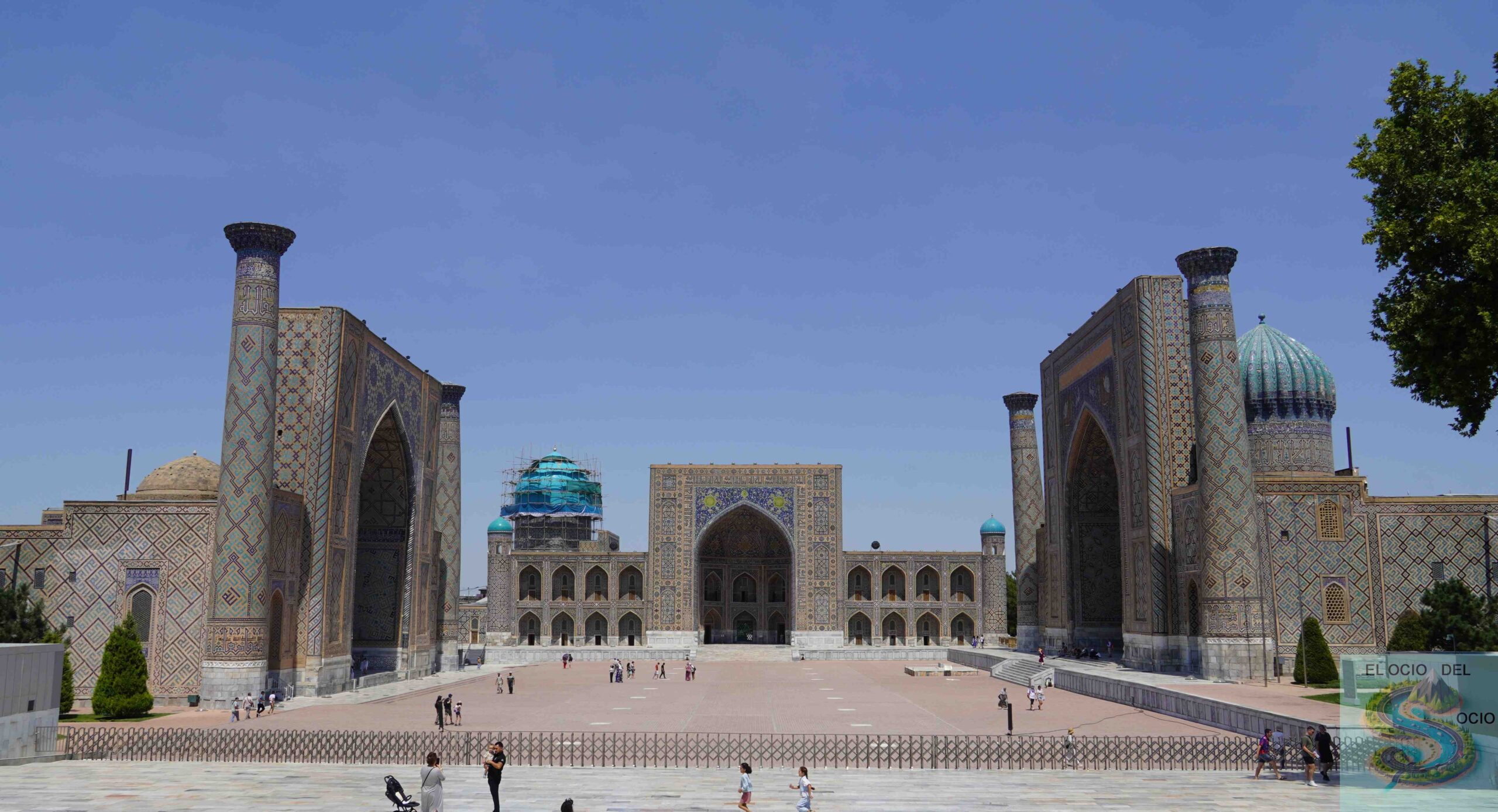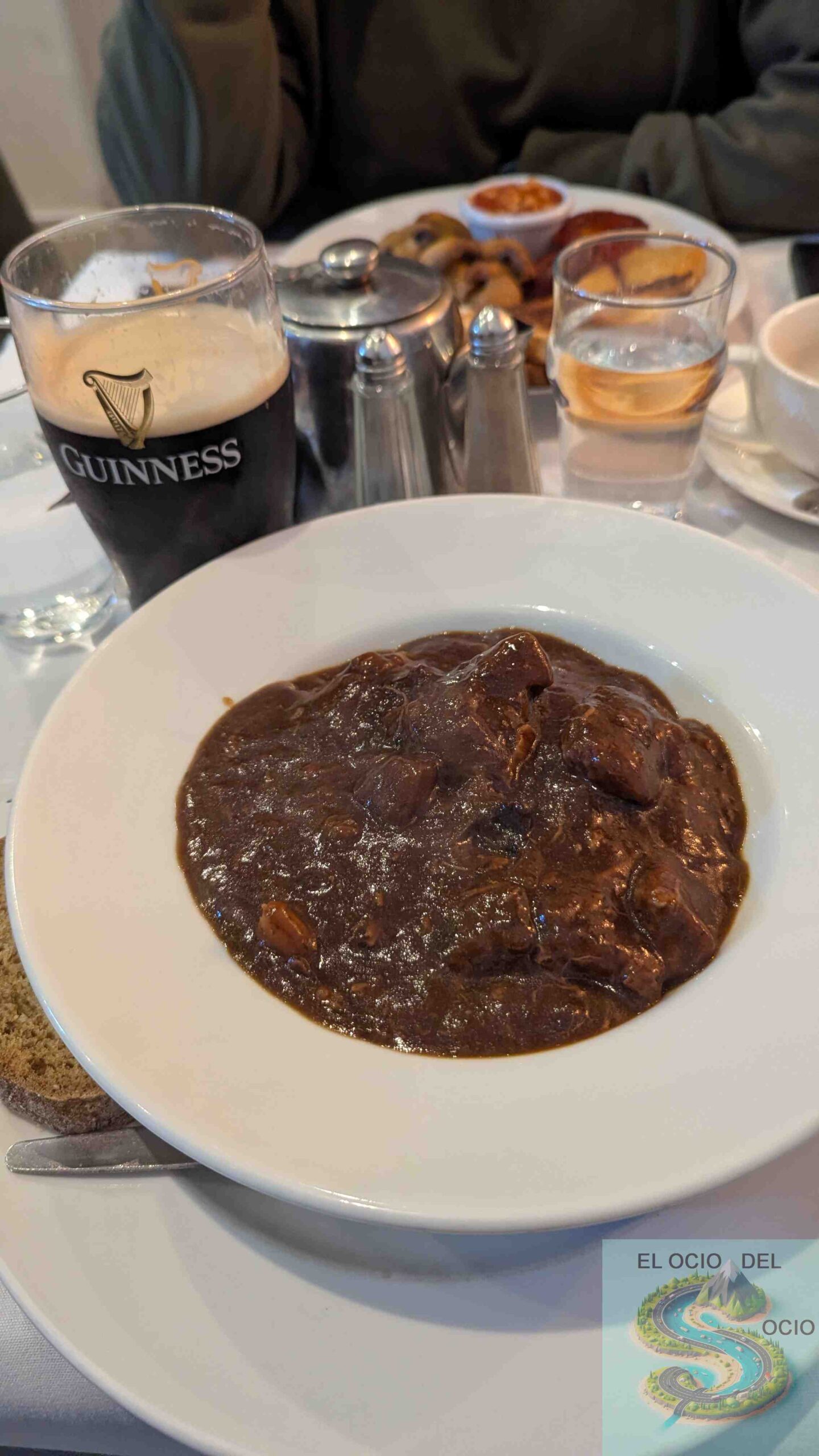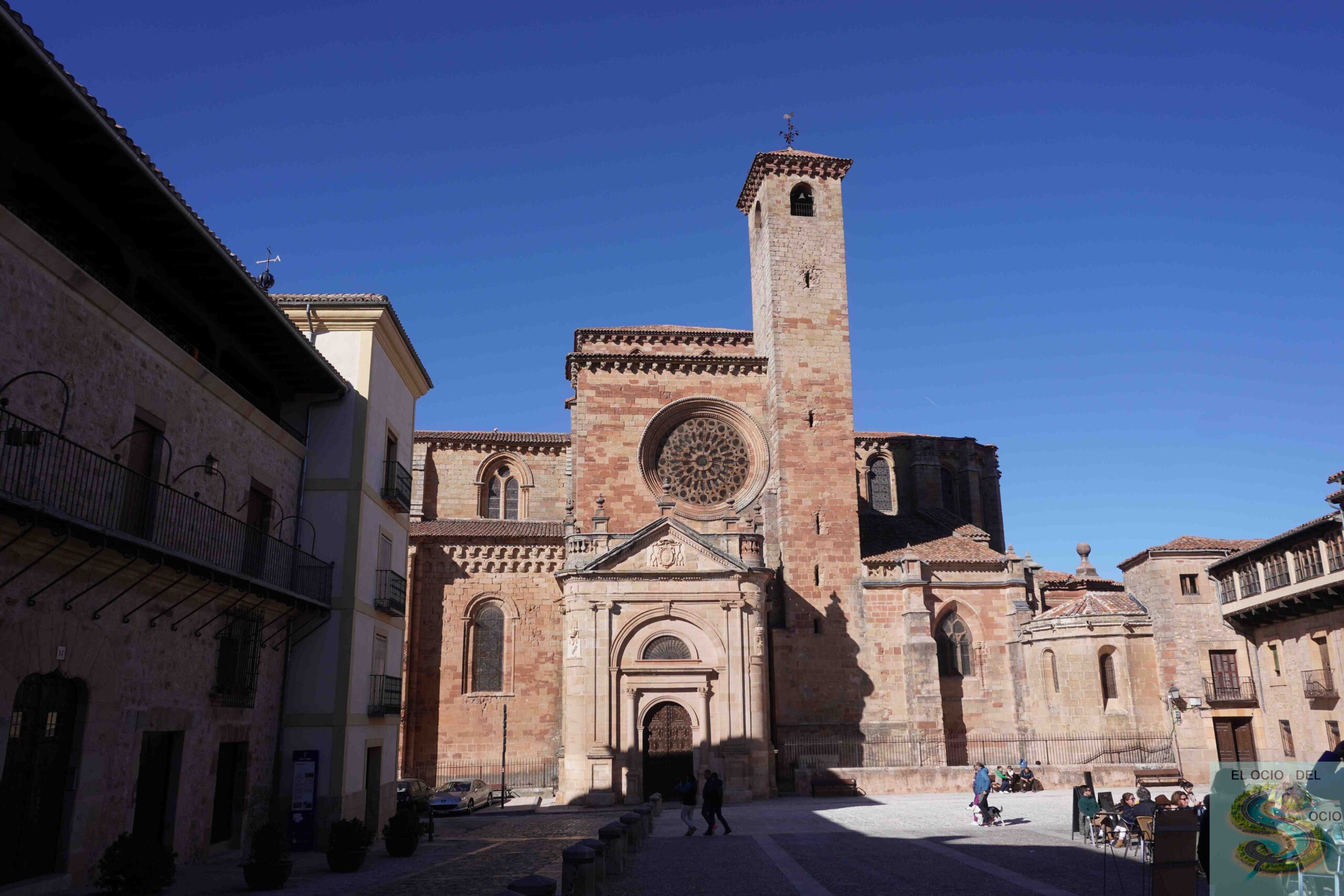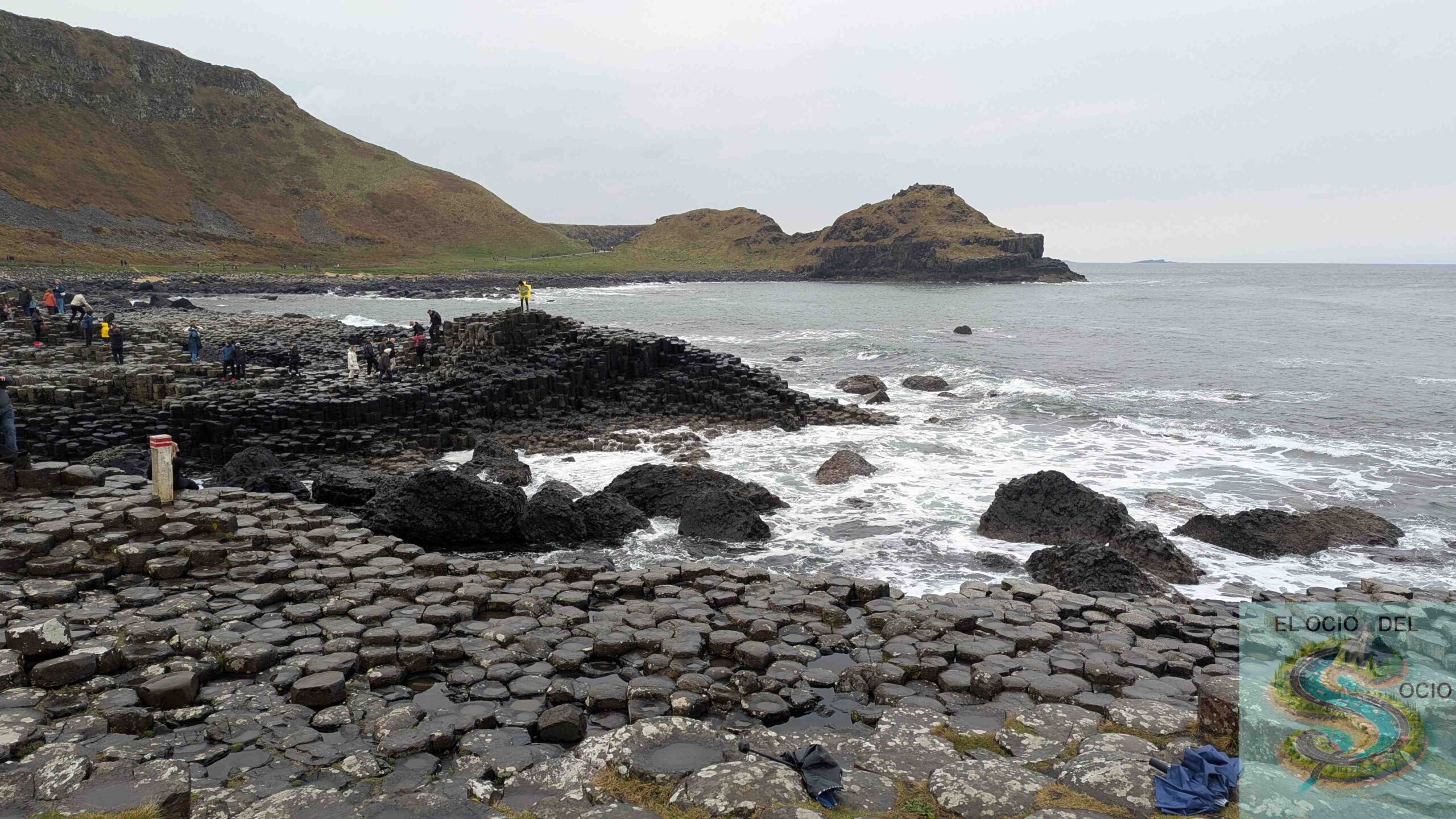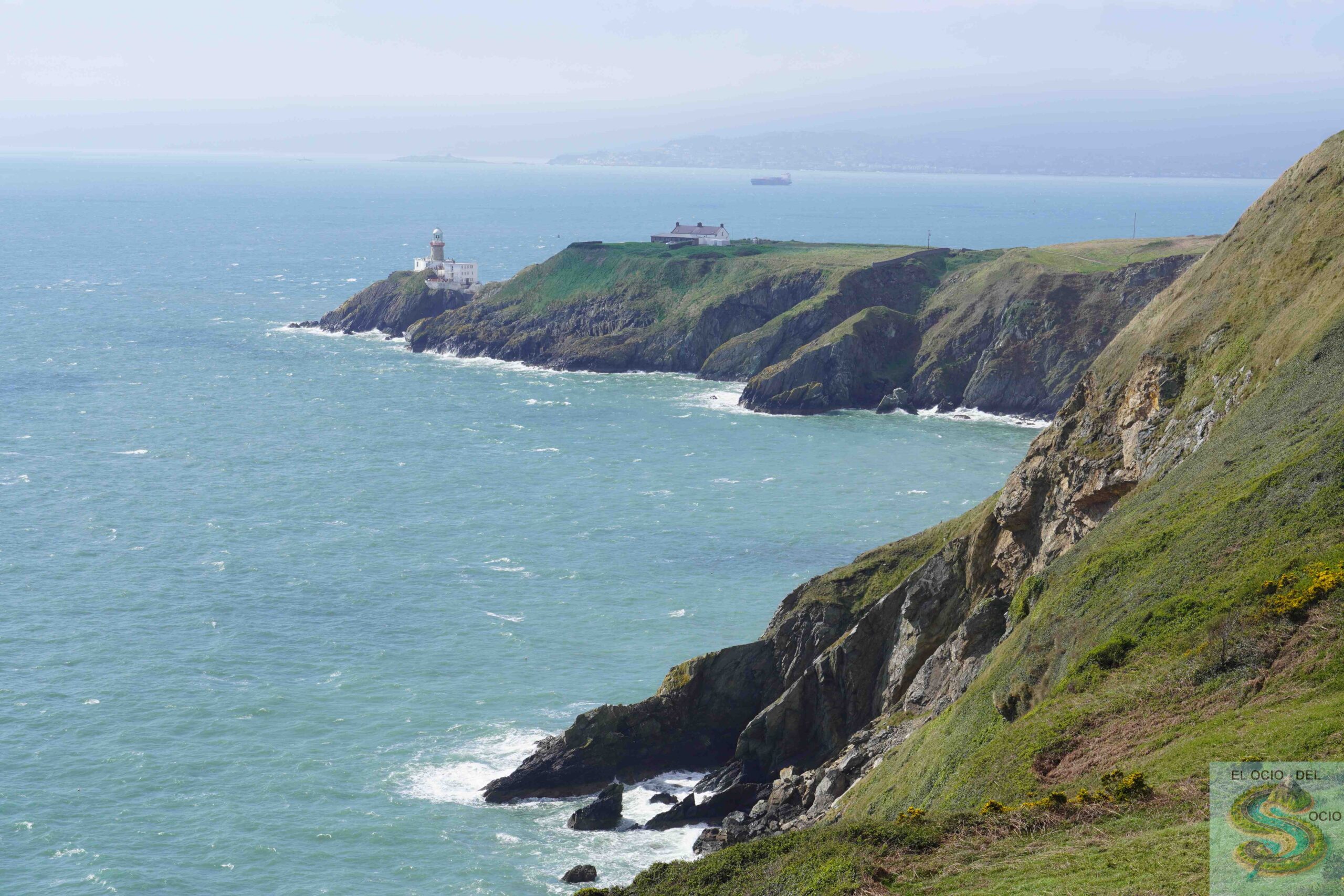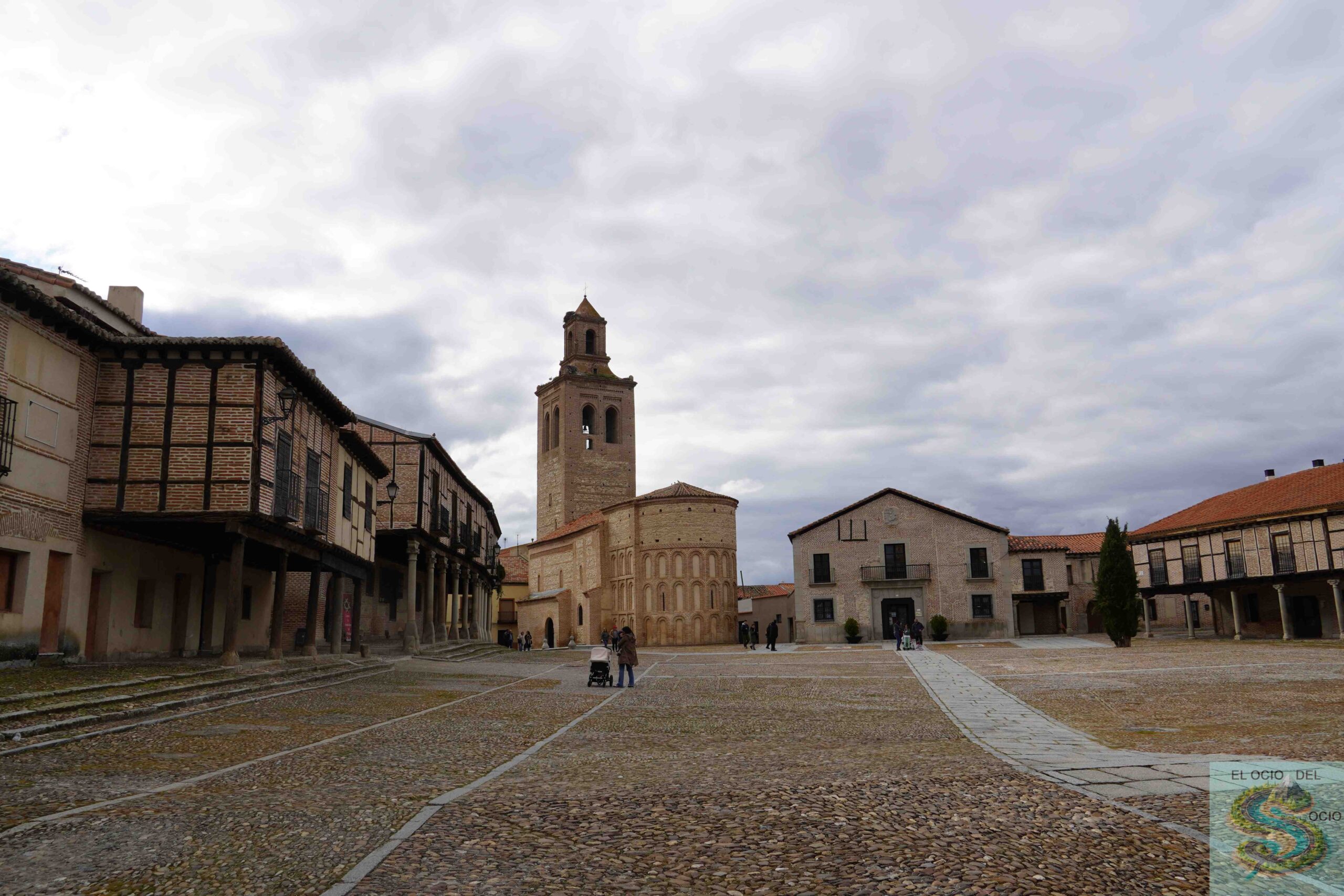Chefchaouen, known as the “Blue City,” is one of the most picturesque and charming destinations in Morocco. Located in the Rif mountains, this hidden jewel offers a unique experience for travelers who seek tranquility, culture and dream landscapes.
What is behind its origin, its history and its characteristic blue color? Here we tell you.
The origin and history of Chefchaouen
Chefchaouen was founded in 1471 by Moulay Ali Ben Rachid as a small fortress to protect the region from Portuguese invaders. The city began to grow with the arrival of Muslim and Jewish refugees fleeing the Reconquest in Spain. During the 15th century, these groups brought with them their cultural and religious traditions, which left a deep mark on Chefchaouen’s identity.
In the 20th century, Chefchaouen was colonized by Spain in 1920, adding an Andalusian influence to its architecture and culture. After Morocco’s independence in 1956, the city was again part of the country, but its rich mix of cultures remains evident in every corner.
Chefchaouen Gallery
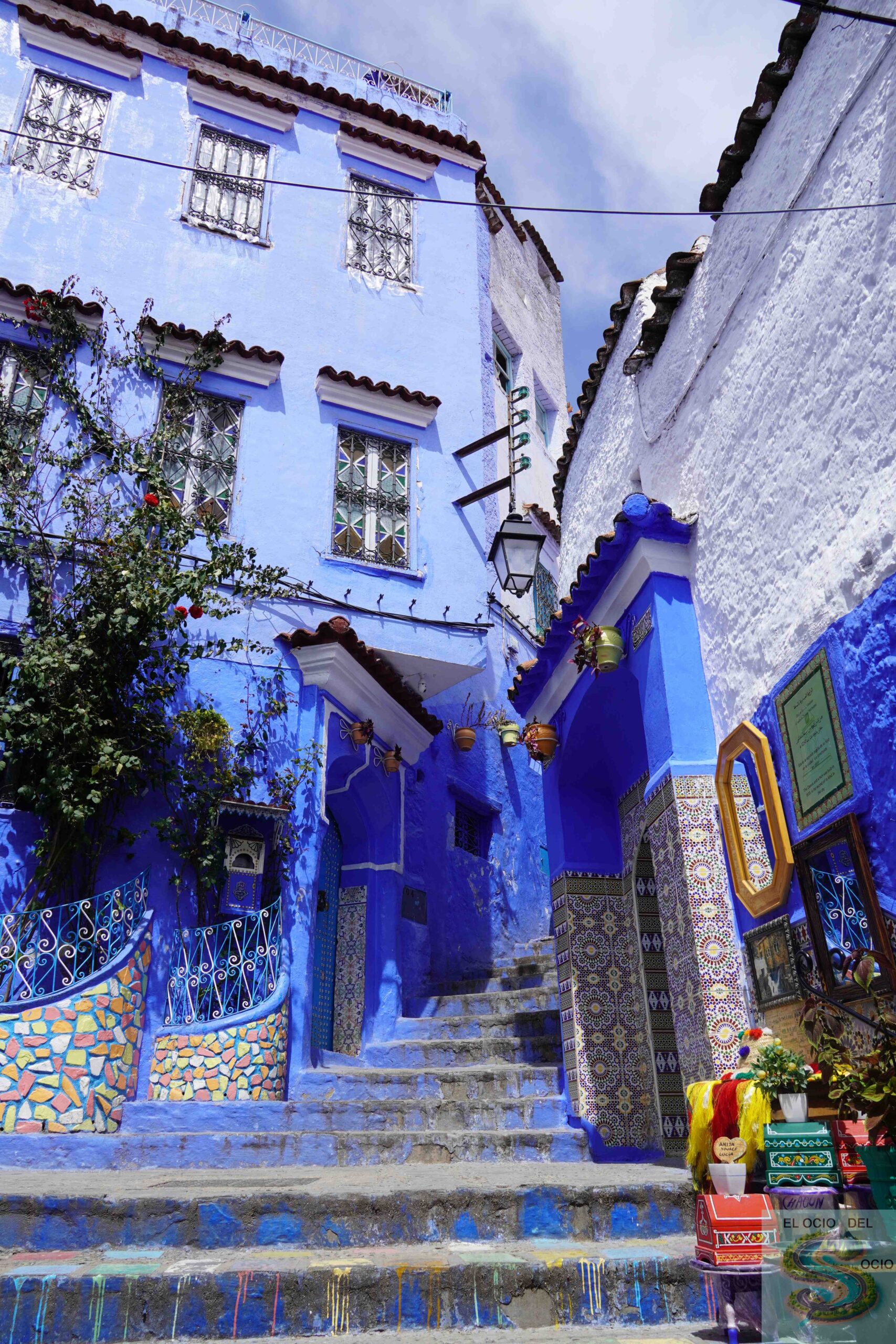
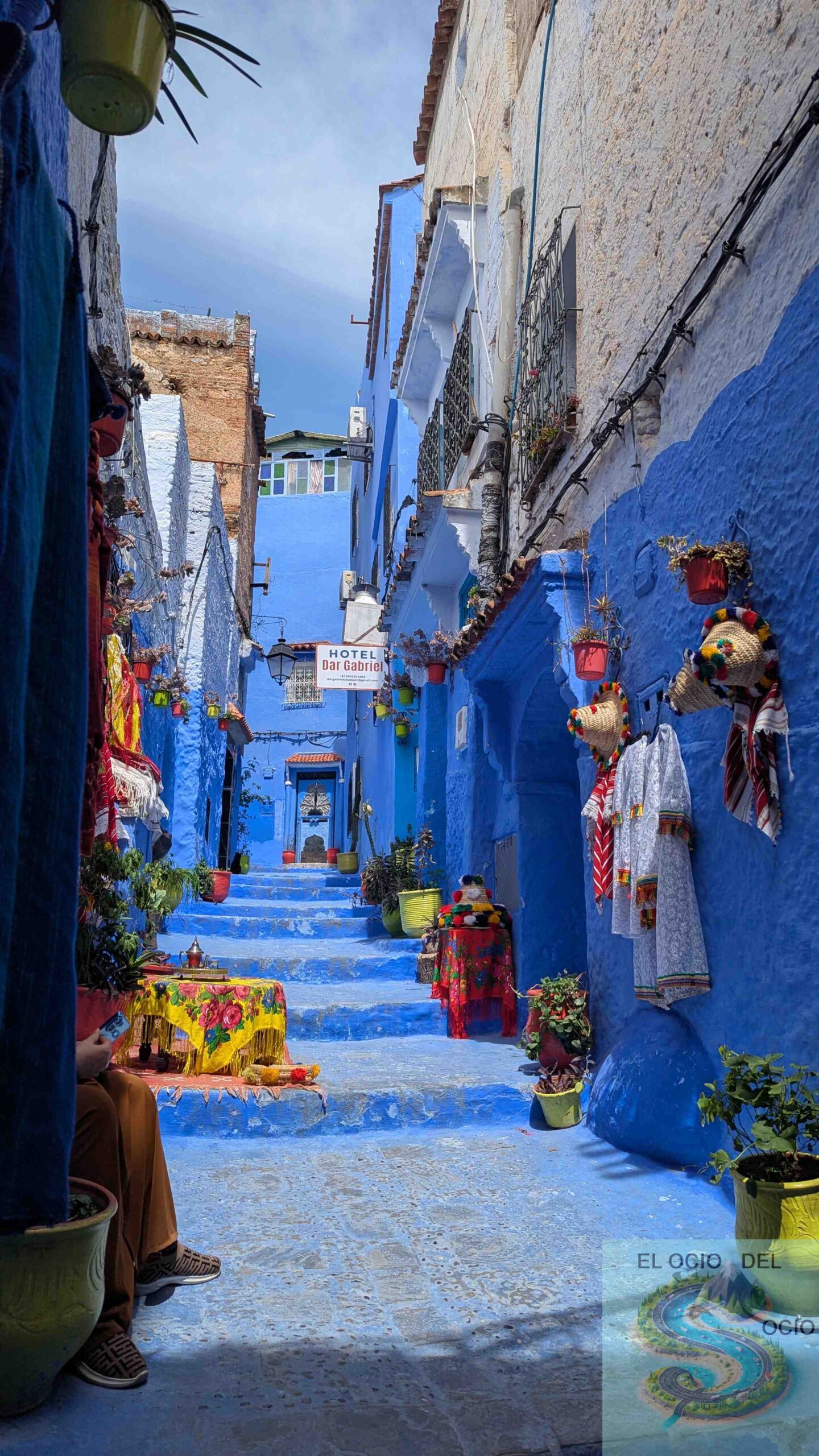
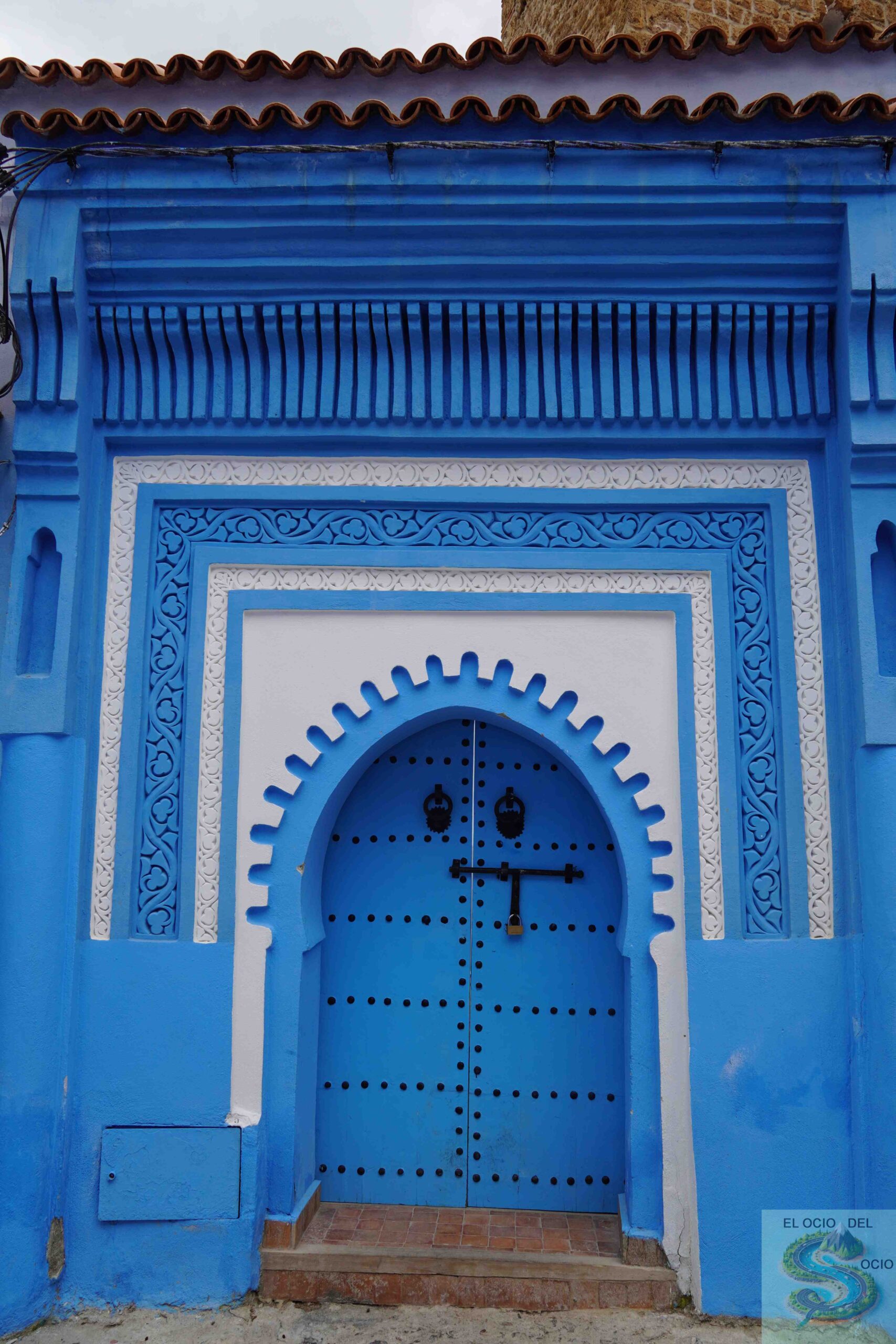
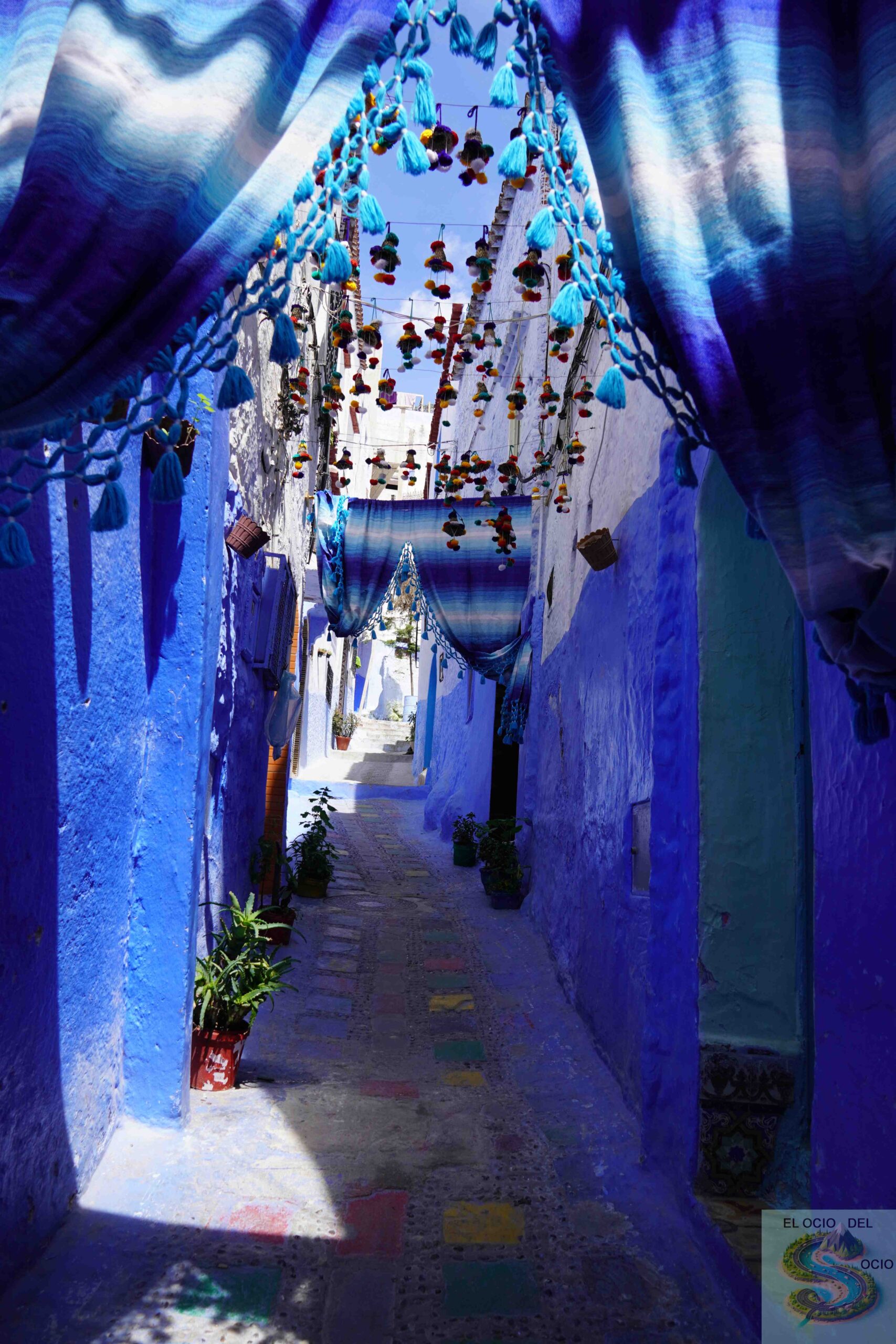
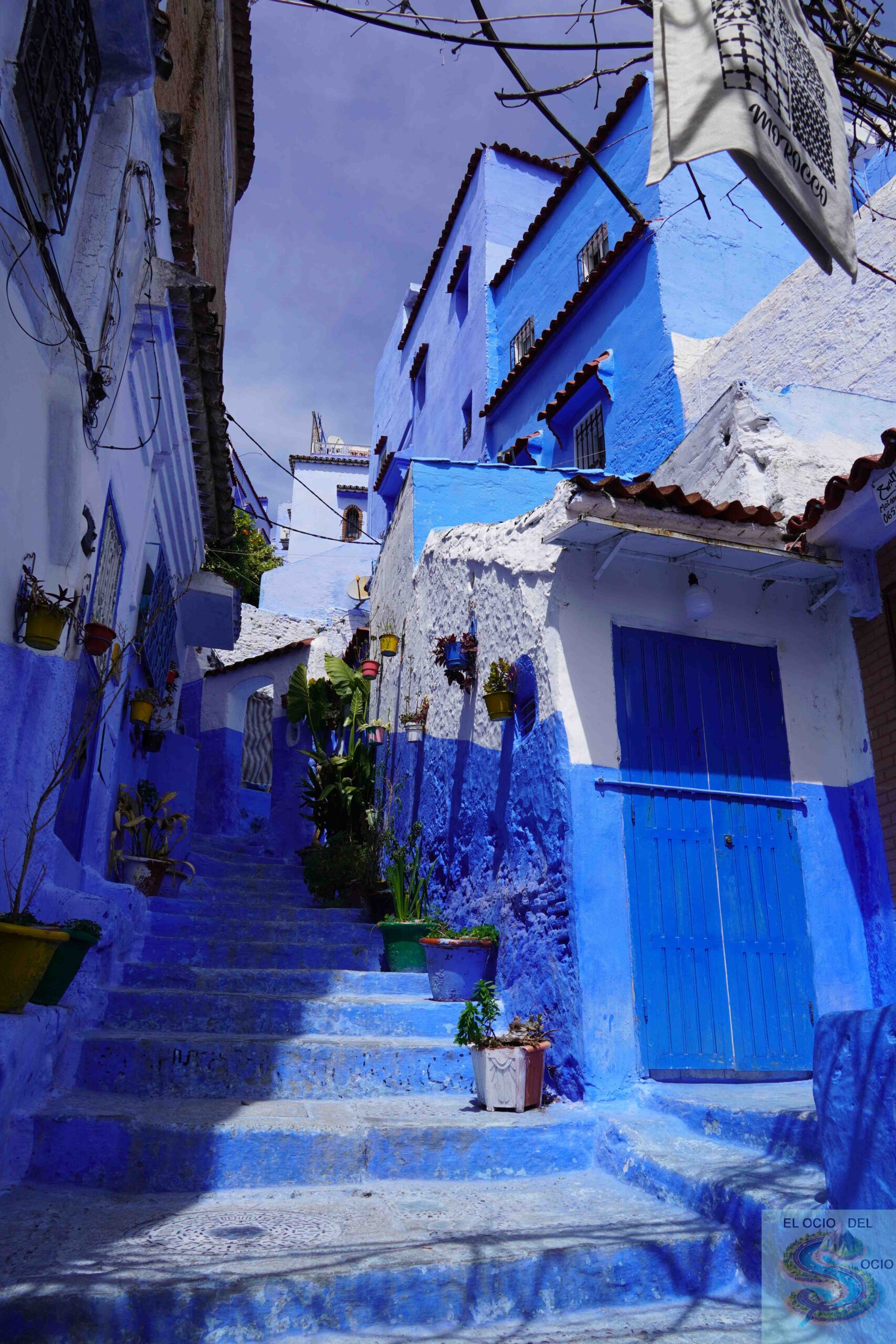
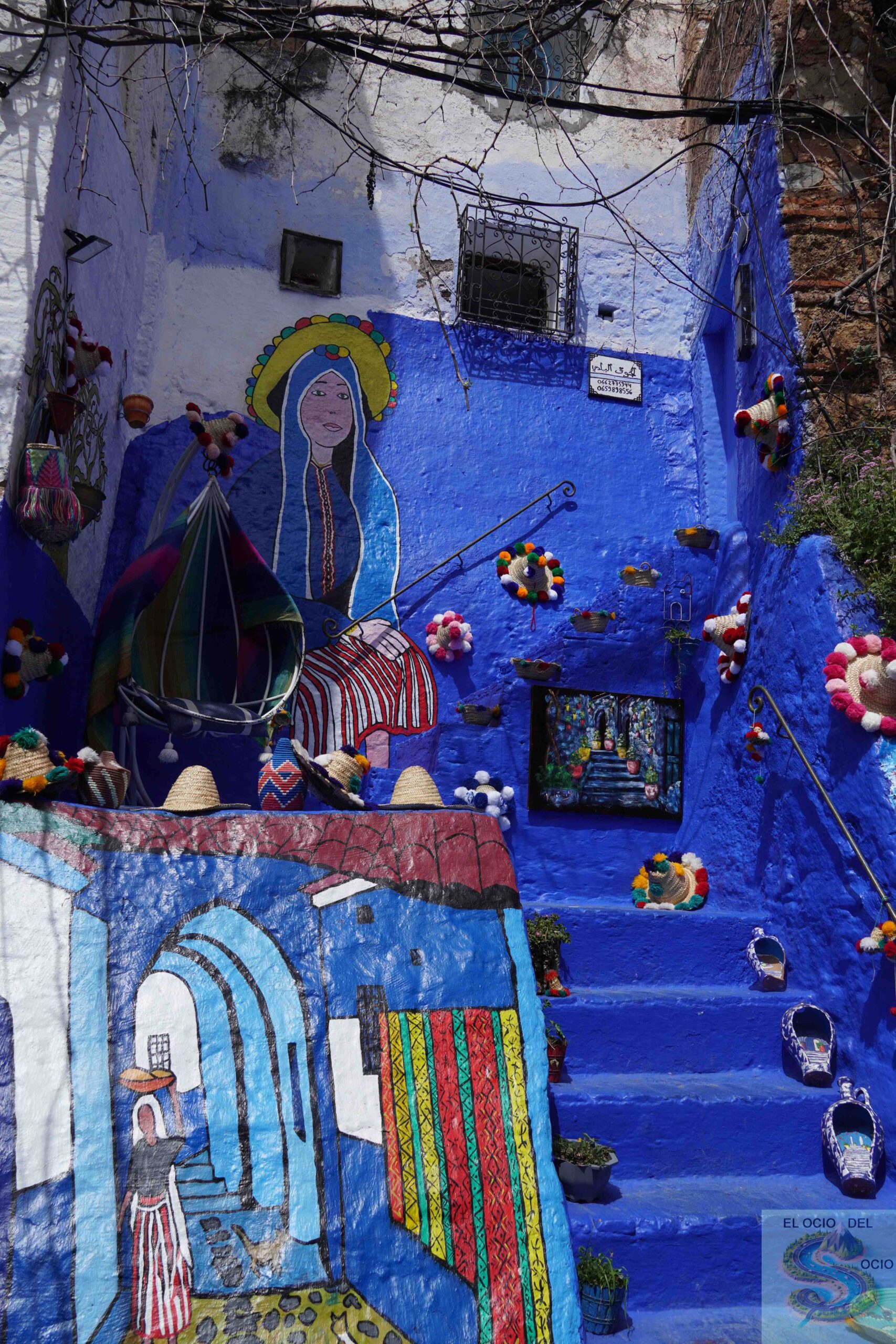

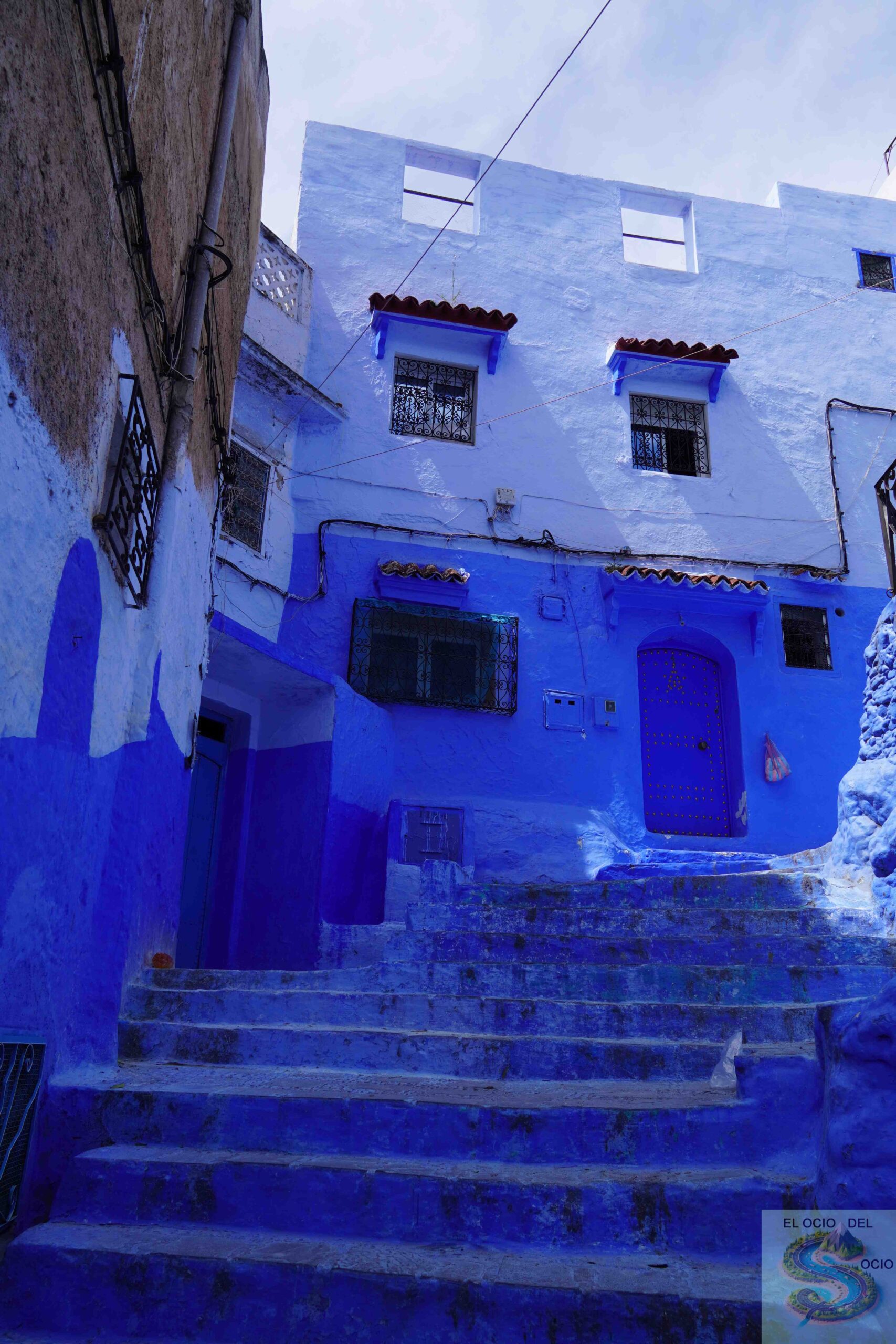
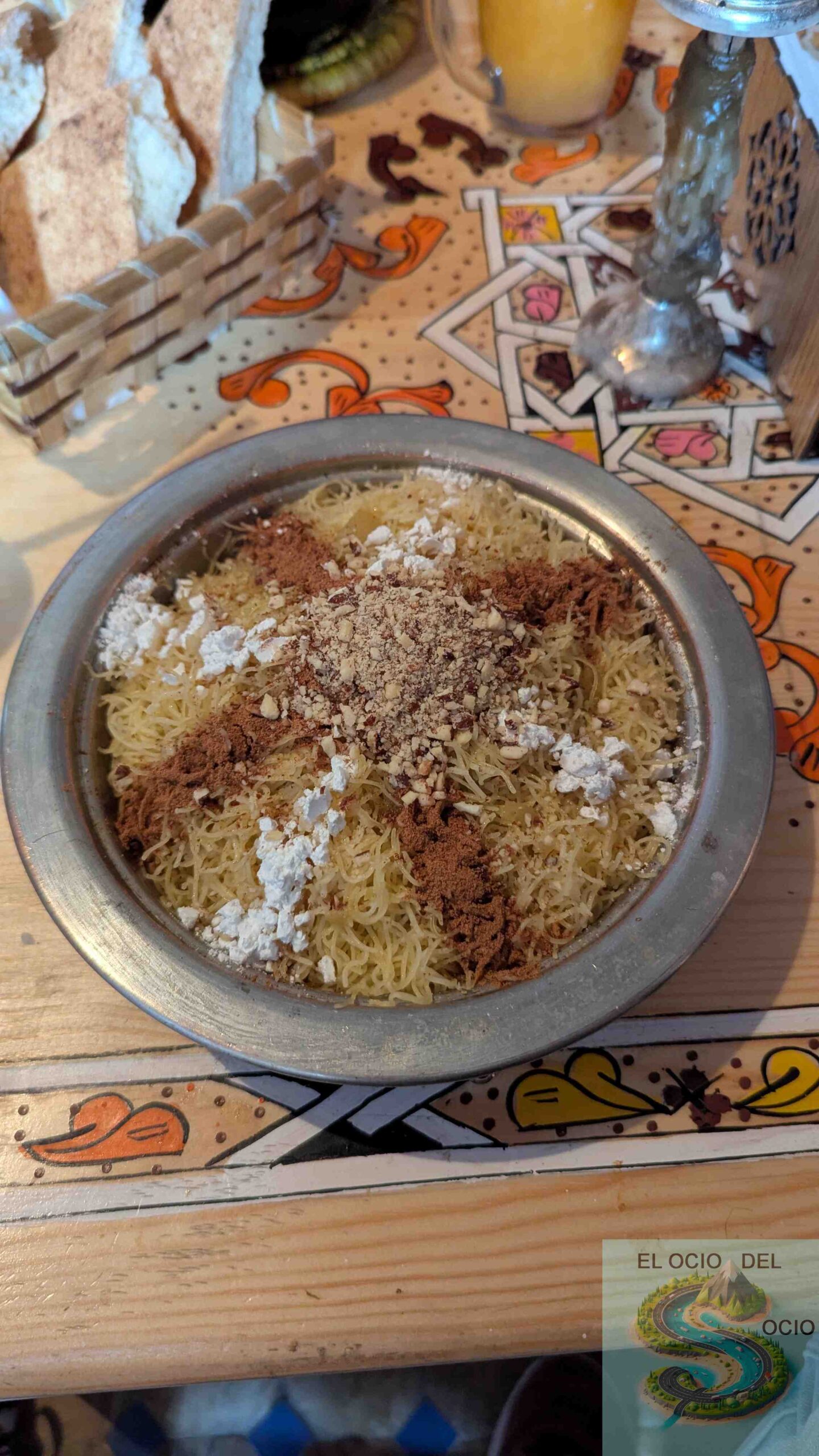
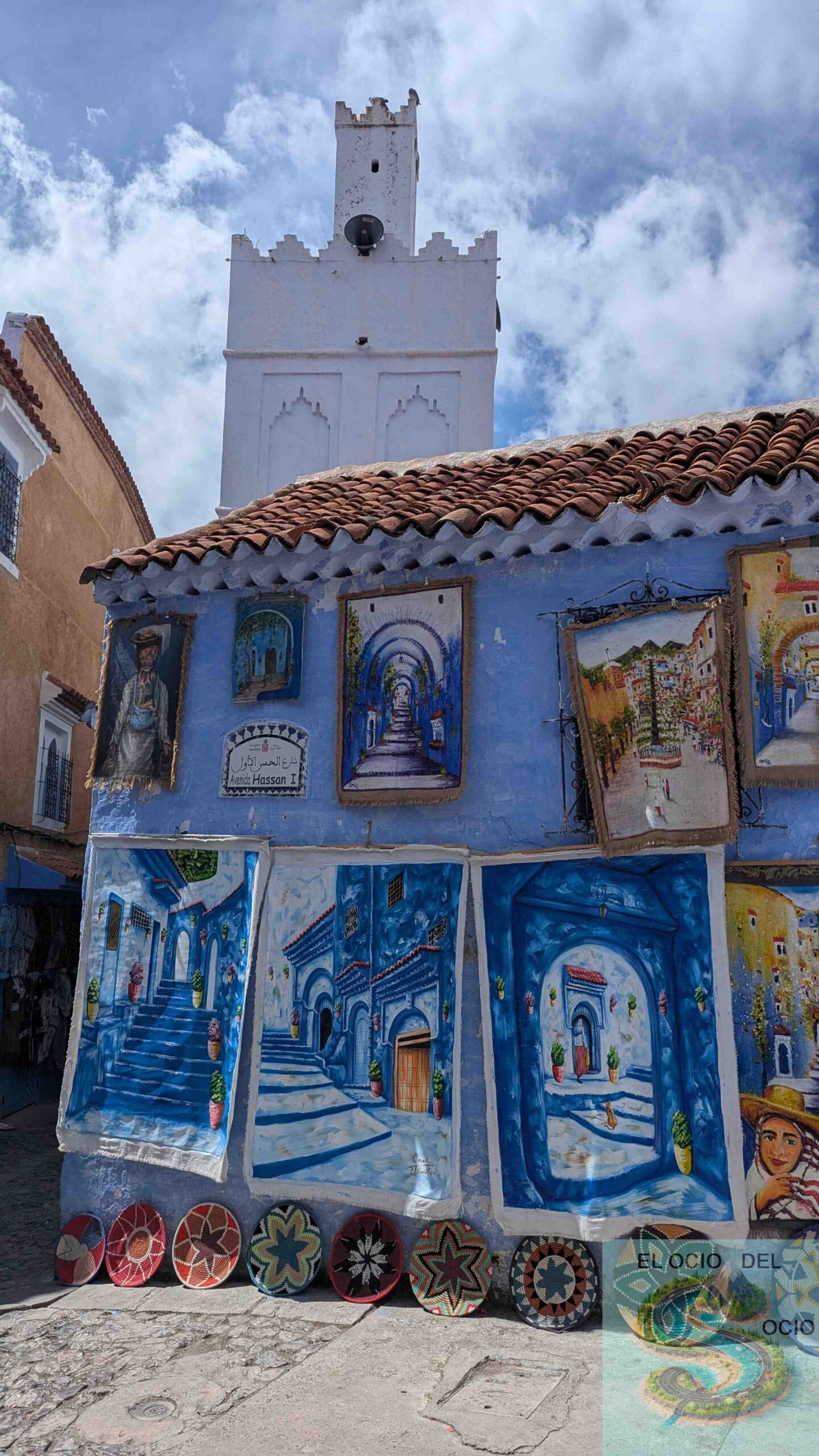
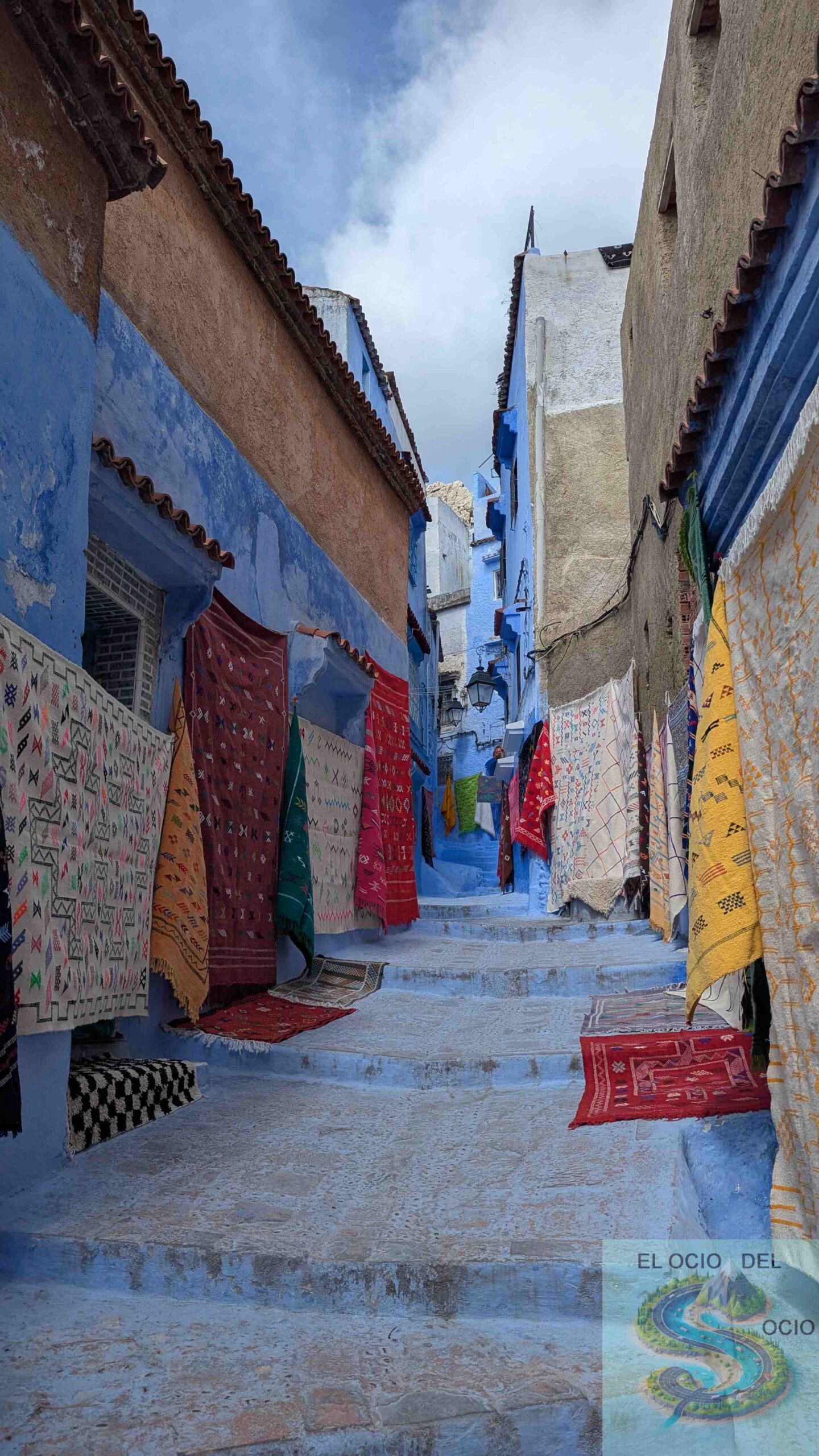
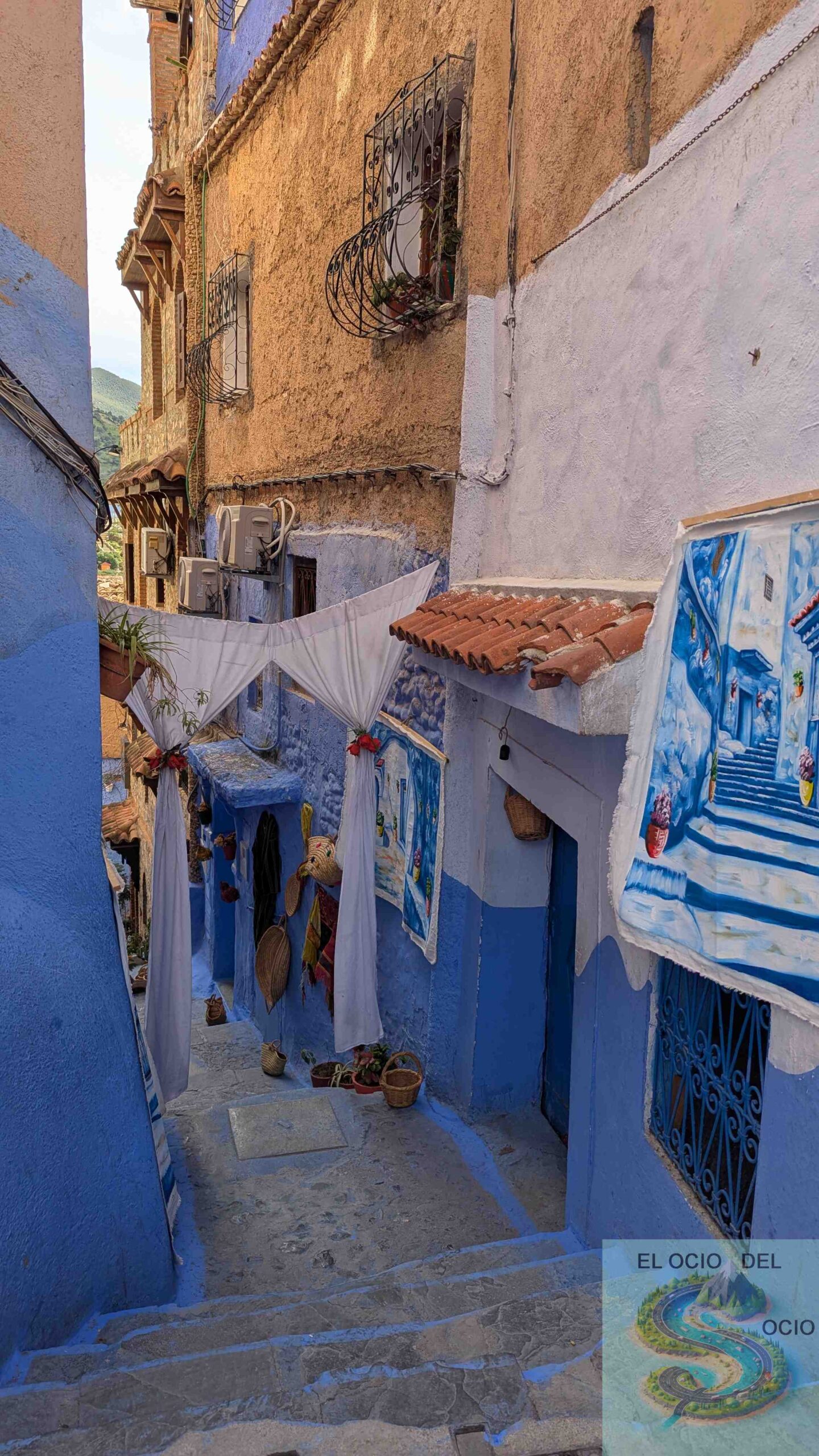
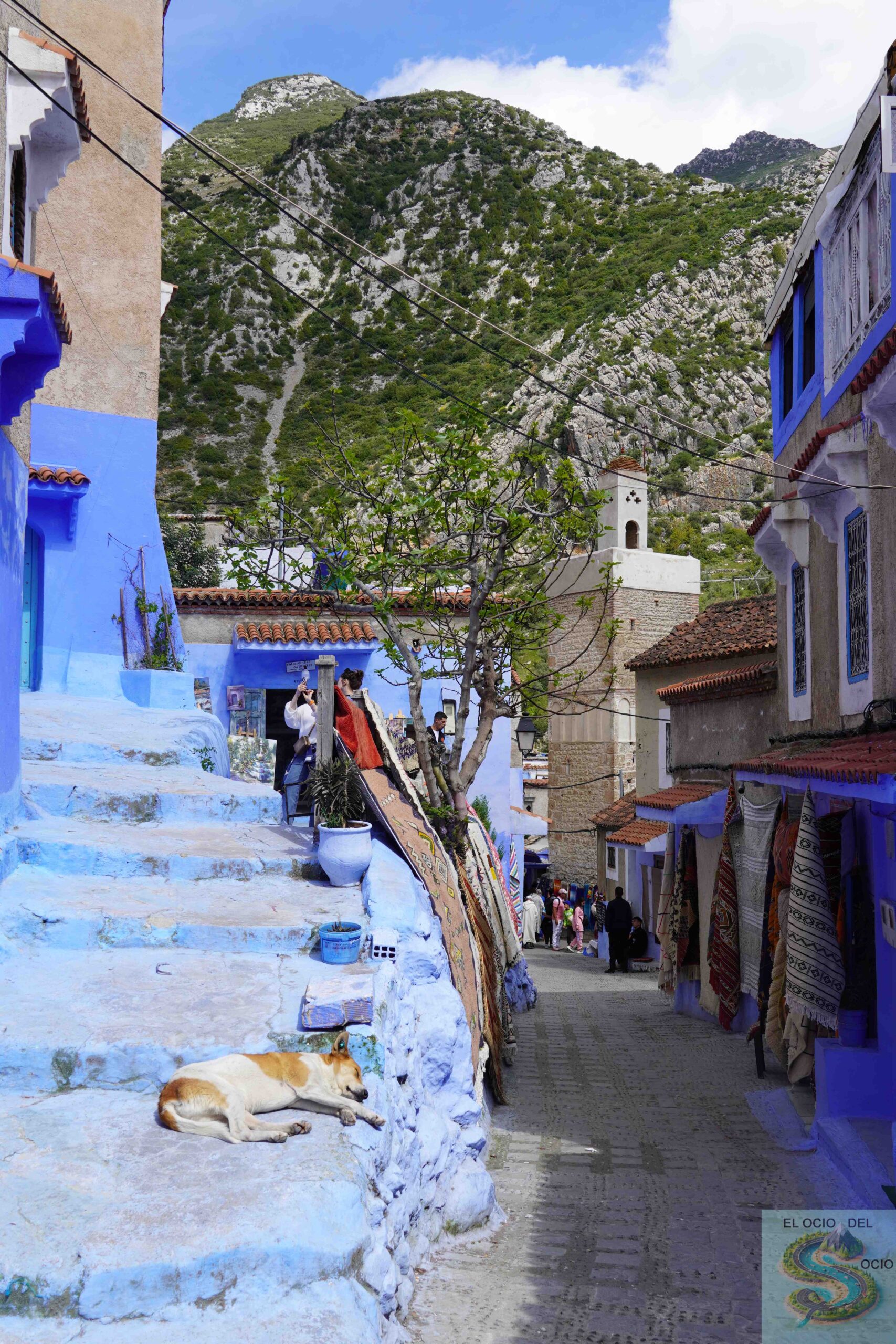
Typical Chefchaouen dish
In Cheffchaouen we tried a dish that we had not seen until then in Morocco and which is typical of this city, is called sefta. It consists of meat meatballs, usually of lamb or veal, which are cooked in a tomato-based spicy sauce. The meatballs are prepared with fresh herbs such as cilantro and parsley, and are seasoned with traditional Moroccan spices such as cumin, turmeric and pimenton. The salsa, rich and aromatic, is served hot and usually accompanied by fresh Moroccan bread to enjoy the full flavors. They served it with rice noodles and it was rich, it knew like another dish typical of Morocco, the Ppill but not a pebble.
We ate it at the restaurant.Al Andalus Palace.
What to see and do in Chefchaouen
1. Walk through the Medina
Chefchaouen’s medina is the heart of the city. Its narrow streets are full of crafts shops, cafés and photogenic corners. Here you can buy local products such as carpets, ceramics and unique fabrics.
2. Plaza Uta el-Hammam
This square is the center of social life in Chefchaouen. Surrounded by restaurants and cafés, it is the ideal place to relax while enjoying a mint tea and watching people come and go.
3. The Great Mosque
Built in the 15th century, this mosque is an example of traditional Moroccan architecture. Although it is not open to non-Muslims, its exterior is to be admired.
4. Kasbah de Chefchaouen
The Kasbah is a historic fortress located in the medina. Inside you will find an ethnographic museum and a quiet garden.
5. Akchour waterfalls
Just 30 minutes by car from Chefchaouen, the Akchour waterfalls are a natural paradise. This place is perfect for hiking and nature lovers.
Tips for your visit
- Best time to visit: Spring and autumn are ideal, as the climate is pleasant and the mountains are at their highest splendor.
- How to get there: Chefchaouen is a 2-hour drive from Tangier. We went from Fez, which, with stops, is 4 hours away. You can hire a private tour or take a bus from nearby cities. There are excursions from there, Tetuan and Fez.
- Accommodation: There are options for all budgets, from traditional riads to boutique hotels.
Theories about the blue color of Chefchaouen
Chefchaouen’s distinctive blue color is one of its greatest attractions, but its origin is wrapped in mystery. There are several theories that try to explain why the city walls are painted in blue:
- Jewish Influence: One of the most popular theories is that the Jewish refugees who arrived in Chefchaouen during the 15th century introduced the tradition of painting the walls in blue. In Jewish culture, blue symbolizes heaven and connection with God, which could have inspired this practice.
- Water representation: Some believe that blue represents water, a vital resource in a mountainous and arid region. It could also symbolize the nearby Mediterranean or the importance of the Ras el-Maa waterfall, which supplies water to the city.
- mosquito control: Another practical theory suggests that blue pigment helps repel mosquitoes, which would have motivated the inhabitants to maintain this tradition.
- refreshing effect: Blue reflects sunlight and helps keep the houses fresh during the hot summer months, which could have contributed to the popularity of this color.
Whatever the reason, Chefchaouen’s blue has made the city a unique and photogenic destination that attracts travelers from all over the world.
Chefchaouen: An unforgettable destination
Chefchaouen is much more than a blue city; it is a place where culture, nature and hospitality combine to offer a unique experience. Whether you’re looking to relax, explore or just lose yourself in their blue streets, Cheffchaouen will leave you unbeatable memories.
